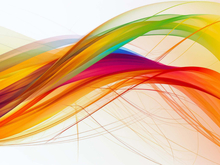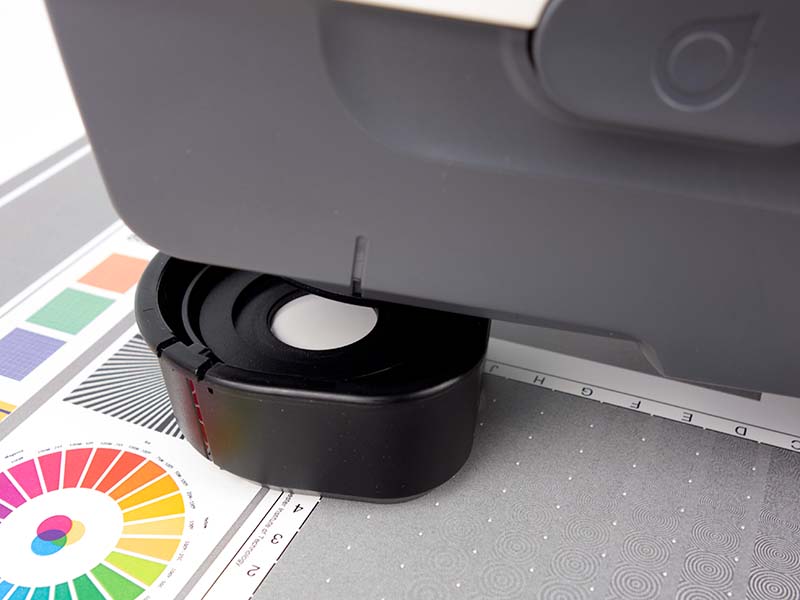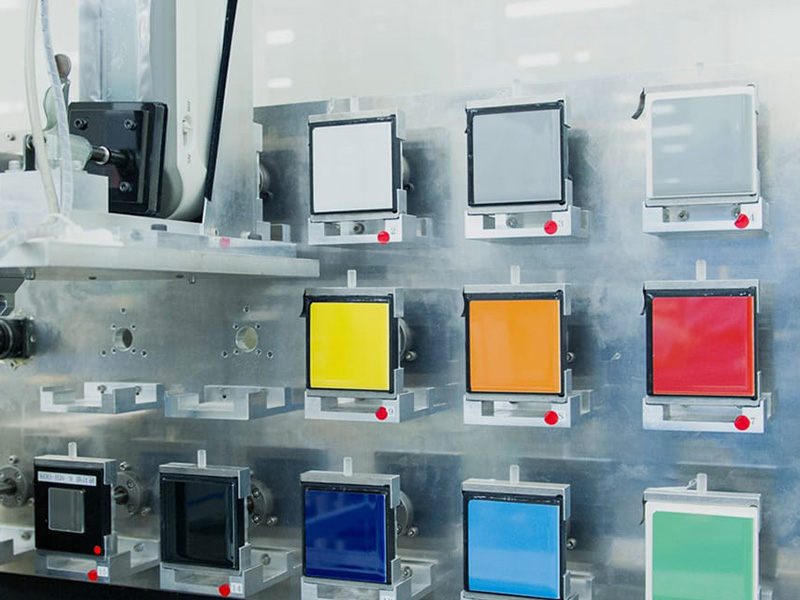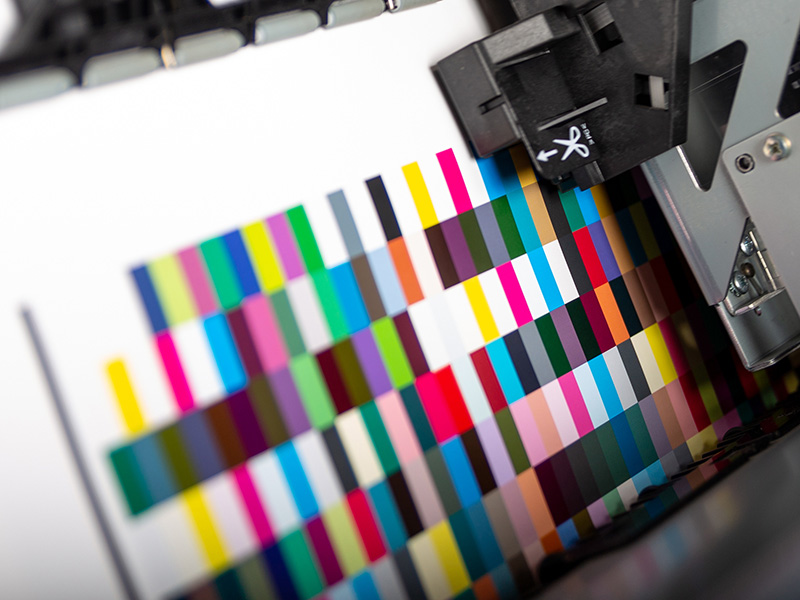Future Possibilities of ECG
ECG, or Expanded Color Gamut, is a revolutionary technology that is set to reshape the printing industry, particularly in the field of packaging. With advancements in ECG printing, there are new possibilities emerging that offer enhanced color accuracy, improved efficiency, and better quality prints. In this article, we will explore the future of ECG printing and discuss the advancements and possibilities that lie ahead.
The Advancements in ECG Printing Technology
ECG printing technology has made significant strides in recent years, thanks to advancements in process control and color management systems. Traditional printing methods using standard process color inks, such as CMYK, have limitations when it comes to reproducing a wide range of colors accurately. ECG printing overcomes these limitations by utilizing a wider color gamut, allowing for the reproduction of a broader spectrum of colors.
One of the key advancements in ECG printing technology is the development of specialized inks that can achieve expanded color gamuts. These inks, often referred to as ECG inks, are formulated to produce vibrant and accurate colors that go beyond what traditional inks can achieve. With ECG inks, printers can now match colors more precisely, resulting in prints that are closer to the original artwork or design.
Another major advancement in ECG printing technology is the improvement in color management systems. These systems play a crucial role in maintaining color accuracy throughout the printing process. With sophisticated color management tools and software, printers can precisely control color reproduction, ensuring consistent and high-quality prints.
The Future Possibilities of ECG Printing
The future of ECG printing holds immense potential for the printing industry and packaging sector. Here are some of the exciting possibilities that can be achieved:
1. Enhanced Color Accuracy and Consistency: ECG printing allows for a more accurate and consistent reproduction of colors. This opens up new possibilities for designers and brand owners to unleash their creativity and achieve the desired visual impact in their printed materials. With ECG, the colors on packaging can be more vibrant and eye-catching, helping products stand out on store shelves.
2. Cost Savings: While ECG printing may initially require an investment in specialized inks and color management systems, it can lead to long-term cost savings. ECG inks tend to be more efficient, requiring less spot ink usage to achieve the desired color intensity. Additionally, the enhanced color accuracy can reduce the need for costly color corrections and reprints.
3. Improved Print Quality: With expanded color gamuts, ECG printing can produce prints with finer details and smoother gradients. This improvement in print quality can enhance the overall visual experience of packaging and other printed materials, making them more appealing to consumers.
4. Faster Turnaround Time: The use of ECG inks and advanced color management systems can streamline the printing process, resulting in faster turnaround times. By reducing the need for color corrections, adjustments and changing of spot color inks ECG printing can help meet tight deadlines and increase operational efficiency.
5. Eco-Friendly Printing: ECG printing has the potential to be more environmentally friendly compared to traditional printing methods. With ECG inks requiring less ink usage and the ability to achieve desired colors more accurately, there is a reduction in ink wastage. This can contribute to a more sustainable and eco-conscious printing industry.
Replacing Pantone with ECG
Pantone, the standardized color matching system, has long been the go-to tool for achieving consistent colors in the printing industry. However, with the advancements in ECG printing technology, there is a possibility that ECG may replace Pantone as the preferred color reproduction method.
ECG technology offers a wider and more accurate color gamut than Pantone, enabling printers to reproduce colors with greater precision. Instead of relying solely on Pantone swatches, designers and printers can utilize ECG color profiles and specialized ink sets to achieve the desired colors in their prints.
By replacing Pantone with ECG, printers can enjoy the benefits of expanded color gamuts without being limited to a predefined set of colors. This opens up a world of creative possibilities and allows for more flexibility in color reproduction.
However, it's important to note that while ECG technology shows great promise, it may not completely replace Pantone in all printing applications. Pantone will still hold its significance in certain areas, particularly where stable reproduction of (espeically near-neutral) brand colors with ECG is challenging.
Nonetheless, the emergence of ECG printing technology is undeniably a game-changer in the printing industry, with the potential to revolutionize color reproduction and open up new horizons for designers and printers alike.
In conclusion, the future of ECG printing is bright and holds limitless possibilities. With advancements in ECG printing technology, we can expect enhanced color accuracy, improved print quality, cost savings, and faster turnaround times. Moreover, ECG printing has the potential to replace Pantone as the preferred color reproduction method, offering a wider color gamut and increased flexibility. As the printing industry embraces ECG, we can anticipate a new era of vibrant and visually stunning prints.





